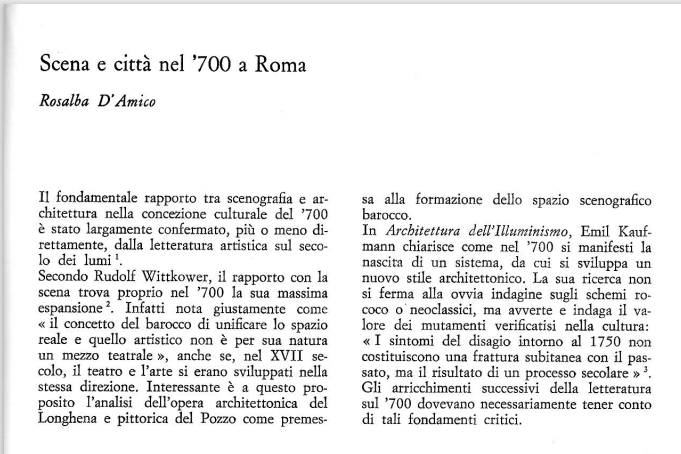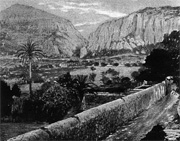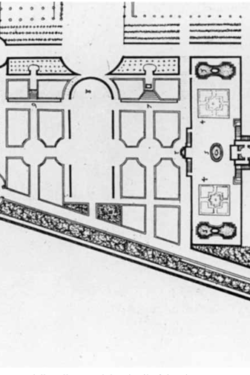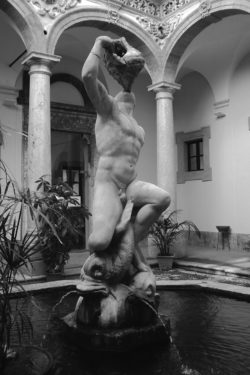Descrizione
Storia dell’arte 17, Gennaio – Marzo 1973
Rosalba D’Amico
Scena e città nel ‘700 a Roma
In the seventeenth century, fundamental baroque beliefs were in crisis because of the development of empiricism and scientific analysis. The philosophy of Leibniz originates a new dynamic pluralism which was applied even to urban planning. Francesco Milizia, a critic from Puglia, mirrors in his writings the incertainty of the century between illuministic reasoning and anti-intellectualism. He was not an original theoretician; but even if many of his phrases were taken from Algarotti – and he himself admits the lawfulness of these borrowings – he developed the outlines in a more radical way. This was particularly true of his interest in the theater, a widely diffused form in the eighteenth century. He wanted to transform the theater structure itself into a classical hemicyclic form, related to Palladio as well, that would permit a greater optical and acoustical enjoyment in a complete synthesis between spectacle and spectator. In terms of scenography, Milizia moved from an architectonic functionalism of the various elements to a desire for luministic effects, an attitude profoundly anti-intellectual. Such is also the explanation for the contrast between colors originating with Algarotti and Orsini. Urbanistic theory is rich with theatrical ideas; and in this the variety of views is tied to perspective scale and to the succession of elements in time. These are motifs that are found again in the surprise views of gardens. Naturalism triumphs in Rome, where the relationship between garden and city becomes a scenic relationship (Bosco Parrasio, Villa Corsini, Pincio). An interpretes of this attitude is found in the theater work of Filippo Juvarra from Messina. Elements inspired by Roman motifs are found in his landscape scenes, and then later in his architecture and in his drawings. Nature and light are always a significant part of reality. Even a view is for him an expression of the concrete reality of an object. From this springs the contrasting relationship with Piranesi, whose architecture is pure invention (Carceri). Panini is also an observer in a documentary sense. He is a painter that wants to involve the viewer in the work’s action.



